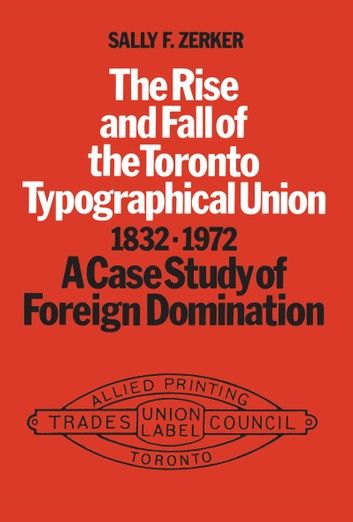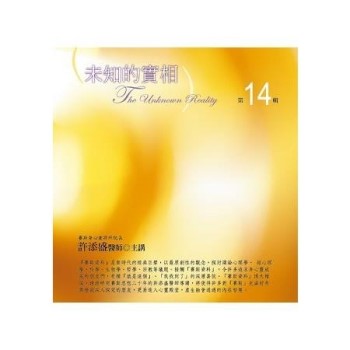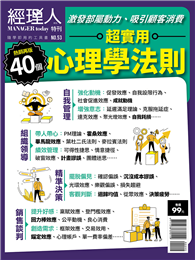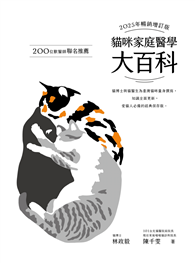| FindBook |
有 1 項符合
The Rise and fall of the Toronto Typographical Union的圖書 |
 |
The Rise and Fall of the Toronto Typographical Union, 1832-1972 作者:Sally Zerker 出版社:University of Toronto Press 出版日期:1983-12-15 語言:英文 |
| 圖書館借閱 |
| 國家圖書館 | 全國圖書書目資訊網 | 國立公共資訊圖書館 | 電子書服務平台 | MetaCat 跨館整合查詢 |
| 臺北市立圖書館 | 新北市立圖書館 | 基隆市公共圖書館 | 桃園市立圖書館 | 新竹縣公共圖書館 |
| 苗栗縣立圖書館 | 臺中市立圖書館 | 彰化縣公共圖書館 | 南投縣文化局 | 雲林縣公共圖書館 |
| 嘉義縣圖書館 | 臺南市立圖書館 | 高雄市立圖書館 | 屏東縣公共圖書館 | 宜蘭縣公共圖書館 |
| 花蓮縣文化局 | 臺東縣文化處 |
|
|
A meeting of twenty-four journeymen printers at the York Hotel in Toronto in 1832 marked the birth of Canada’s earliest and still continuing labour organization. This case study of the printers of Toronto traces the development of the union which began as the Toronto Typographical Society. Through a close examination of this Canadian local’s relations with its eventual parent organization in the US, Zerker reveals the ‘domination’ and brings into question the advantages of an international connection.
In 1866, under pressure from the American federation of printing unions, the Toronto body became an affiliate of the International Typographical Union, thus forming the crucial relationship which, as Zerker shows, came to govern every element of local decision and policy. Though the TTU achieved a pioneer victory in independently leading its members in their struggle for a shorter working day, from 1885 on the ITU directives and programs came to rule the Toronto union, causing enormous losses in membership and industry control.
Zerker cites as examples the ITU program in the 1920s which resulted in a bitter strike which broke the Toronto union’s control of the labour force in the commercial sector; and, more recently, its misdirection of the printers’ strike of the Toronto newspapers in the 1960s which resulted in the expulsion of members from the workplaces that had been the preserve of the organization for nearly a century. Zerker blames the failure to respond effectively to the technology of the computer age on poor TTU management in pre-strike negotiations but, above all, on ITU intransigence, ignorance, and arrogance. In more recent years, after the end of this history, TTU membership has increased substantially and the local has been revitalized under its new leadership; the International, too, shows signs of being on the way to much-awaited reforms.
This history is in many senses a microcosm of the Canadian labour movement and forms an important strand in general cultural history of Toronto.
|











